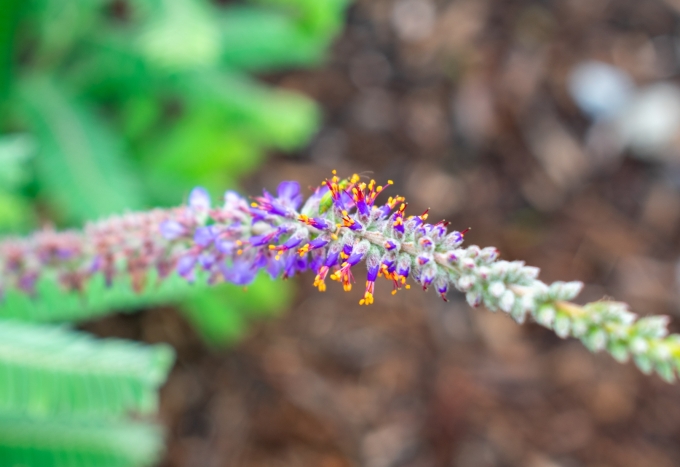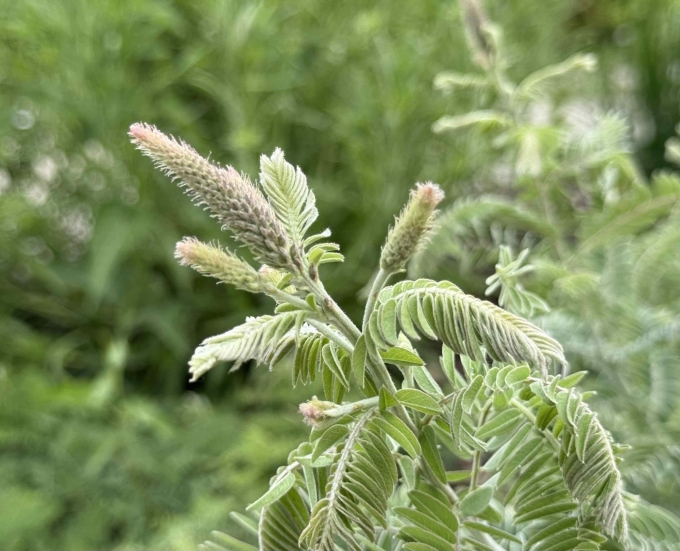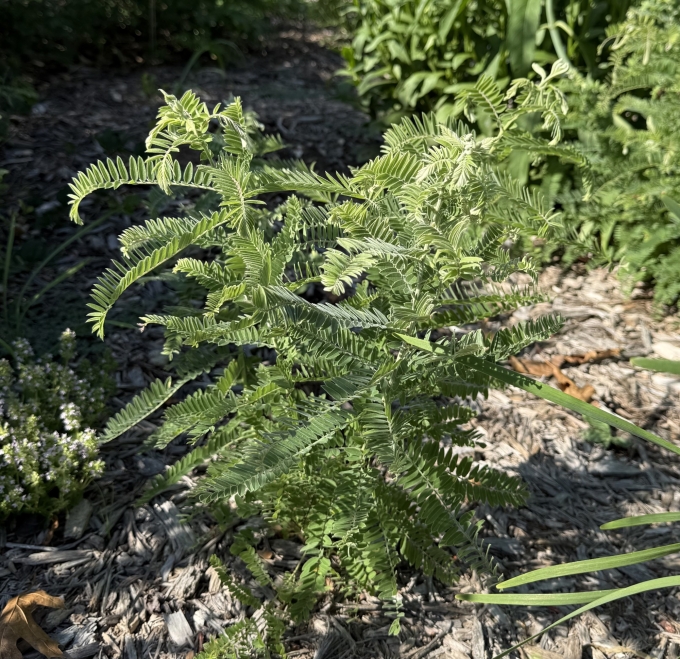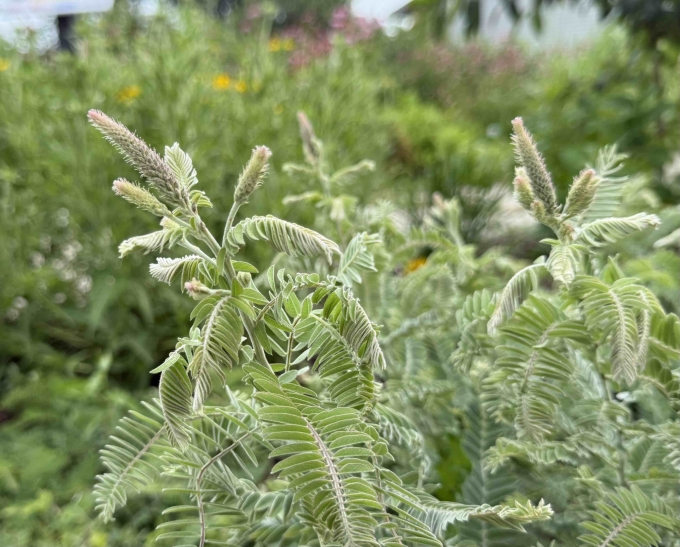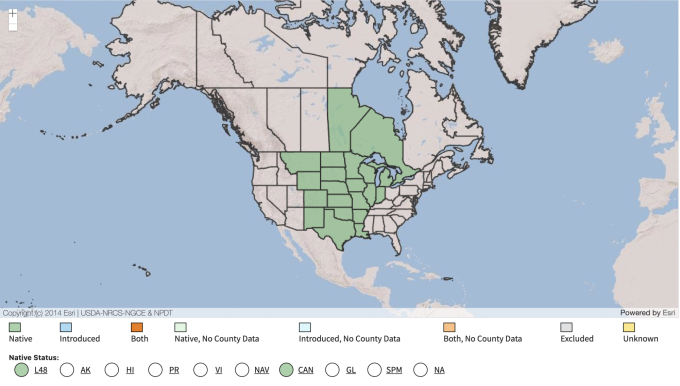Common Name: Leadplant
Family: Fabaceae
Plant Type: Deciduous Shrub
Native Range: Central and Western North America, including Nebraska
Hardiness Zones: 2–9
Height: 2.0 to 3.0 feet
Spread: 2.0 to 2.5 feet
Bloom Time: July to September
Bloom Description: Slender spikes of purple-blue flowers with gold anthers
Sun Exposure: Full sun
Water Needs: Dry to medium
Soil Preference: Well-drained, sandy or rocky soils
Management Level: Low
Suggested Use: Naturalize, prairie gardens, erosion control
Attracts: Birds, butterflies, pollinators
Tolerates: Drought, erosion, poor soils
Notable Features: Aromatic foliage, nitrogen-fixing roots, fine-textured gray-green leaves
Nebraska Growing Notes:
Leadplant is a deeply rooted native shrub that thrives in Nebraska’s dry prairies, sandy hills, and open rangelands. Its silvery-green foliage and vibrant flower spikes make it a visually distinctive and ecologically valuable species. As a member of the legume family, leadplant enriches soil by fixing atmospheric nitrogen, contributing to prairie soil health.
Though it may die back to the ground in harsh winters, it reliably regrows from its hardy root system. This long-lived perennial is slow to establish but extremely drought-tolerant and ideal for naturalizing in areas with lean soils and full sun. Its resilience, soil-building abilities, and pollinator appeal make it a staple in Nebraska native plantings.
Landscape Use:
Perfect for prairie restorations, pollinator gardens, native borders, or low-input landscapes. Leadplant adds seasonal interest with its summer blooms and fine-textured foliage, and it serves as a beneficial companion plant in ecosystems where erosion control and soil improvement are needed.
Caution:
Leadplant may appear sparse or woody when young or out of bloom. Patience is key—plants typically take a few seasons to mature and reach their full aesthetic and ecological value. Regular pruning isn’t necessary, though occasional shaping may improve form in more formal garden settings.
Garden Locations:
Bed(s) 6

